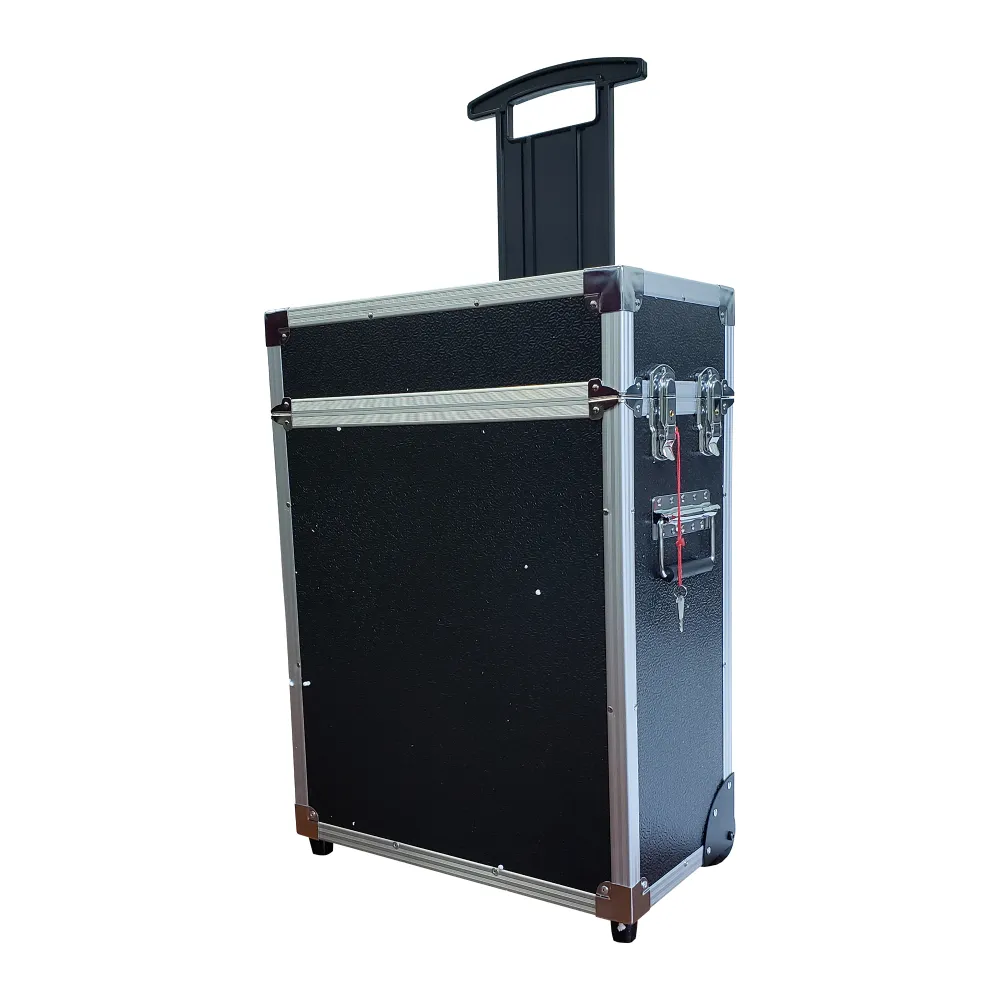 English
English



-
 Afrikaans
Afrikaans -
 Albanian
Albanian -
 Amharic
Amharic -
 Arabic
Arabic -
 Armenian
Armenian -
 Azerbaijani
Azerbaijani -
 Basque
Basque -
 Belarusian
Belarusian -
 Bengali
Bengali -
 Bosnian
Bosnian -
 Bulgarian
Bulgarian -
 Catalan
Catalan -
 Cebuano
Cebuano -
 China
China -
 China (Taiwan)
China (Taiwan) -
 Corsican
Corsican -
 Croatian
Croatian -
 Czech
Czech -
 Danish
Danish -
 Dutch
Dutch -
 English
English -
 Esperanto
Esperanto -
 Estonian
Estonian -
 Finnish
Finnish -
 French
French -
 Frisian
Frisian -
 Galician
Galician -
 Georgian
Georgian -
 German
German -
 Greek
Greek -
 Gujarati
Gujarati -
 Haitian Creole
Haitian Creole -
 hausa
hausa -
 hawaiian
hawaiian -
 Hebrew
Hebrew -
 Hindi
Hindi -
 Miao
Miao -
 Hungarian
Hungarian -
 Icelandic
Icelandic -
 igbo
igbo -
 Indonesian
Indonesian -
 irish
irish -
 Italian
Italian -
 Japanese
Japanese -
 Javanese
Javanese -
 Kannada
Kannada -
 kazakh
kazakh -
 Khmer
Khmer -
 Rwandese
Rwandese -
 Korean
Korean -
 Kurdish
Kurdish -
 Kyrgyz
Kyrgyz -
 Lao
Lao -
 Latin
Latin -
 Latvian
Latvian -
 Lithuanian
Lithuanian -
 Luxembourgish
Luxembourgish -
 Macedonian
Macedonian -
 Malgashi
Malgashi -
 Malay
Malay -
 Malayalam
Malayalam -
 Maltese
Maltese -
 Maori
Maori -
 Marathi
Marathi -
 Mongolian
Mongolian -
 Myanmar
Myanmar -
 Nepali
Nepali -
 Norwegian
Norwegian -
 Norwegian
Norwegian -
 Occitan
Occitan -
 Pashto
Pashto -
 Persian
Persian -
 Polish
Polish -
 Portuguese
Portuguese -
 Punjabi
Punjabi -
 Romanian
Romanian -
 Russian
Russian -
 Samoan
Samoan -
 Scottish Gaelic
Scottish Gaelic -
 Serbian
Serbian -
 Sesotho
Sesotho -
 Shona
Shona -
 Sindhi
Sindhi -
 Sinhala
Sinhala -
 Slovak
Slovak -
 Slovenian
Slovenian -
 Somali
Somali -
 Spanish
Spanish -
 Sundanese
Sundanese -
 Swahili
Swahili -
 Swedish
Swedish -
 Tagalog
Tagalog -
 Tajik
Tajik -
 Tamil
Tamil -
 Tatar
Tatar -
 Telugu
Telugu -
 Thai
Thai -
 Turkish
Turkish -
 Turkmen
Turkmen -
 Ukrainian
Ukrainian -
 Urdu
Urdu -
 Uighur
Uighur -
 Uzbek
Uzbek -
 Vietnamese
Vietnamese -
 Welsh
Welsh -
 Bantu
Bantu -
 Yiddish
Yiddish -
 Yoruba
Yoruba -
 Zulu
Zulu
Understanding Leakage Current Limits for Hipot Testing in Electrical Equipment
Understanding Hipot Testing and Leakage Current Limits
Hipot testing, short for High Potential testing, is a crucial procedure used in electrical safety verification, especially in the manufacturing of electrical and electronic devices. This type of testing is designed to ensure that a device can operate safely at high voltages without breaking down or allowing unintended currents to flow. One of the vital parameters assessed during hipot testing is leakage current.
The Importance of Leakage Current Limits
Leakage current refers to the small amount of electrical current that can flow through insulating materials when a high voltage is applied. This small current can exist in a variety of forms, such as capacitive coupling or through imperfections in the insulation. While it may seem negligible, leakage current can pose significant risks to user safety, especially in devices that come into direct contact with people or are used in wet or conductive environments.
Regulatory standards such as IEC 60950 for information technology equipment and IEC 60601 for medical devices set specific leakage current limits to minimize the risk of electric shock. These limits vary depending on the class of the device and its intended use. For instance, Class I devices, which have a connection to earth ground for safety, usually have a higher permissible leakage current compared to Class II devices that are double insulated.
Conducting Hipot Tests
During a hipot test, the device under test (DUT) is subjected to a high voltage—often significantly greater than its rated operational voltage—while monitoring for leakage current. The test aims to verify the integrity of the insulation and ensure that the leakage current remains below designated limits.
The testing procedure typically involves the following steps
1. Preparation of the Device The DUT is prepared for testing, ensuring that all safety measures are in place.
hipot leakage current limit

2. Setting the Test Voltage The test voltage is chosen based on the product specifications and applicable standards, often ranging from 1.5 to 2 times the rated voltage.
3. Measurement The hipot tester is connected, and the test voltage is applied. During the test, the leakage current is continuously monitored.
4. Analysis If the leakage current exceeds the specified limits, it indicates potential insulation failure, which must be addressed before the device can be approved for use.
5. Documentation Test results should be documented for compliance and quality assurance purposes.
Consequences of Excess Leakage Current
Failing to meet the leakage current limits can have serious implications. Over time, excessive leakage current can lead to
- Device Malfunction Compromised insulation can cause improper operation of the device, leading to failures or unpredictable behavior. - Safety Hazards Increased leakage current raises the risk of electric shock to users, particularly in devices used in wet environments, like handheld power tools or medical equipment. - Regulatory Non-compliance Devices that do not conform to the established leakage current limits may fail quality assurance processes, resulting in recalls or legal repercussions.
Conclusion
In conclusion, hipot testing and the monitoring of leakage current limits are fundamental aspects of electrical safety. Understanding and adhering to these limits not only helps ensure compliance with industry regulations but also protects end-users from potential hazards. As technology continues to evolve, manufacturers must remain vigilant in their testing protocols, ensuring that their products are safe and reliable. By prioritizing electrical safety through effective hipot testing, companies can build trust in their products while safeguarding the well-being of consumers.
-
Testing Equipment Industry Sees Major Advancements in 2025: Smart & Precision Technologies Lead the WayNewsJun.06,2025
-
Applications of Direct Current Generators in Renewable Energy SystemsNewsJun.05,2025
-
Hipot Tester Calibration and Accuracy GuidelinesNewsJun.05,2025
-
Digital Circuit Breaker Analyzer Features and BenefitsNewsJun.05,2025
-
Benefits of Real-Time Power Quality Monitoring Devices for Industrial EfficiencyNewsJun.05,2025
-
Earth Fault Loop Testing in High-Rise Building Electrical SystemsNewsJun.05,2025



